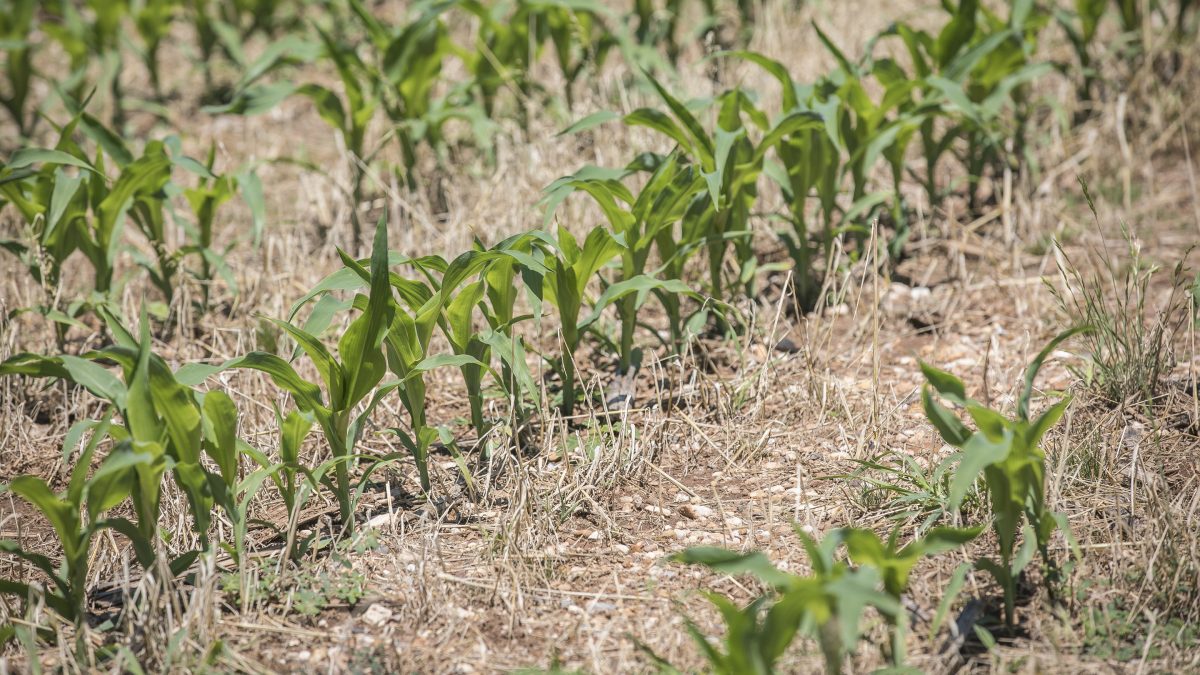Getting the Most out of Cover Crops – It Starts with Seed
TOPICS
Cover CropBethany Shively

photo credit: AFBF Photo, Philip Gerlach
Bethany Shively
While there are plenty of reasons for farmers to consider using cover crops, it can sometimes be a challenge knowing where to start and which factors to keep in mind to ensure the best results for the investment. The use of cover crops has been shown to reap both economic and environmental benefits. Looking at the environment, cover crops can improve soil health and water quality, increase carbon sequestration, help control pests and disease, improve biodiversity and more. From an economic standpoint, cover crops aid in long-term productivity and efficiency – assisting in water retention efforts over time and allowing farmers to better protect their crops and more effectively utilize fertilizer and crop protection products during the growing season.
To fully leverage these benefits, it’s important to have a long-term strategy in place, starting with seed selection. Cover crops are not a one-size-fits all tool; each farmer considers their individual operation and environmental goals in developing a plan that will lead to success.
It’s also worth noting that drought conditions and global supply challenges have impacted cover crop seed growers, just like other farmers. With the potential for temporary shortages of some varieties in certain locations, it’s important for farmers to plan early and proactively to ensure seed selection will be ready and in stock when and where needed.
Quality cover crops start with quality seed.
A local, professional seed dealer can be a great partner and resource to help navigate these decisions. After all, quality cover crops start with quality seed. Professionally produced and processed seed has been selected, harvested, cleaned, analyzed and packaged for performance, and also tested for purity and germination. All of this helps ensure farmers get the best quality seed to meet their individual goals, while minimizing the presence of invasive and other weeds. The American Seed Trade Association’s interactive map resource can help anyone looking to find a nearby cover crop seed dealer.
The seed industry plays a unique and critical role in supporting conservation programs by developing and providing diverse, locally and broadly adapted, high-quality seed, enabling farmers to both increase agricultural productivity and conserve natural resources. With 2023 farm bill negotiations ramping up, ASTA is advocating for a number of policy priorities specific to conservation and cover crops, including: calling for new approaches to expand cover crop adoption; ensuring access to the highest quality cover crop seed; offering flexibility in conservation program delivery and enhancing carbon sequestration and land resilience by harnessing plant diversity. While keeping in mind the importance of protecting producer privacy, ASTA is also calling on Congress to direct USDA to address data gaps, with the goal of providing farmers, crop advisors, technical service providers, industry and government agencies with information they need to make better informed, proactive decisions when it comes to cover crops.
To support the ongoing need for data, ASTA is once again partnering with USDA-National Institute of Food and Agriculture’s Sustainable Agriculture Research and Education program and the Conservation Technology Information Center, with the help of Informa/Farm Progress, on their seventh national cover crop survey of farmers. Past surveys have been valuable in helping guide research priorities, direct communications and education efforts, providing data to researchers and illustrating the effects of policy on cover crop use and adoption. All farmers are encouraged to participate, whether they currently use cover crops or not. Learn more here.
Bethany Shively is vice president, strategic communications at the American Seed Trade Association.